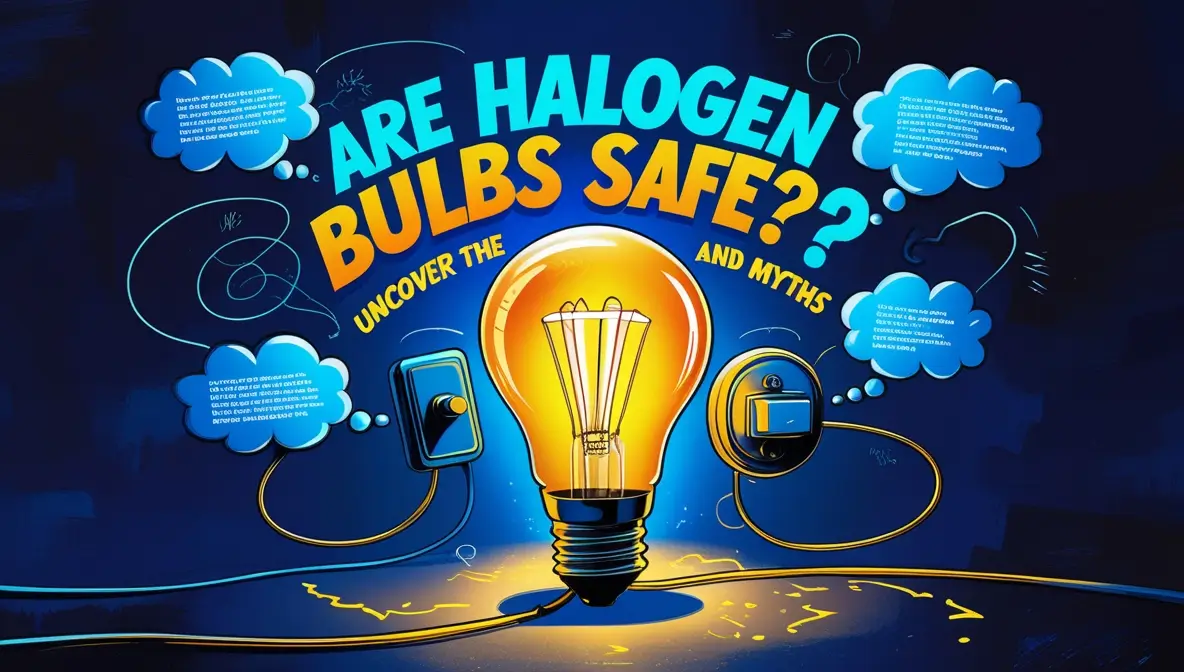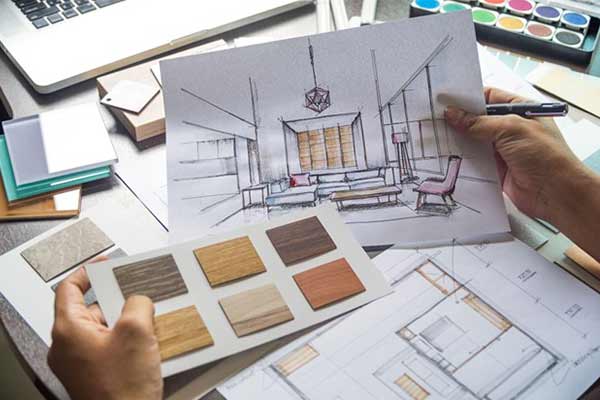Are Halogen Bulbs Safe? Halogen bulbs are common in homes and cars. But are they safe to use?
Halogen bulbs are known for their bright, white light and energy efficiency compared to traditional incandescent bulbs. However, their safety has been a topic of concern for many. These bulbs generate a lot of heat, which can pose fire risks if not used properly.
Additionally, the high temperature can cause burns if touched. Some people also worry about the environmental impact due to the materials used in halogen bulbs. Understanding the safety aspects of halogen bulbs can help you make an informed decision about their use in your home or vehicle. In this blog post, we will explore the potential risks and safety measures associated with halogen bulbs to help you stay safe.
Introduction To Halogen Bulbs
Halogen bulbs are a type of incandescent light bulb. They use a gas to increase brightness and lifespan. These bulbs are more efficient than regular incandescent bulbs. They produce a bright white light. They are also small and compact. Halogen bulbs are often used in homes and cars.
Halogen bulbs are used in many places. They are found in household lamps and car headlights. Many office lights use halogen bulbs. They are also used in stage lighting and projectors. Halogen bulbs are common in kitchens and bathrooms. They provide clear and bright light for these areas.

Credit: www.reddit.com
How Halogen Bulbs Work
Halogen bulbs (a particular kind of incandescent light) work using a slightly different mechanism where a tungsten filament combined with halogen gas works together. Here’s a step-by-step breakdown of how these bulbs work:
- Tungsten Filament: The tungsten filament is the core of the halogen bulb. When current passes through the filament, it gets hot enough to glow. A small amount of electricity is then sent through the filament which heats it up to a tremendous amount bellowing it a deep red color.
- Halogen Gas: The most important difference between halogen and regular incandescent bulbs is that a halogen bulb is filled with halogen gas (typically iodine or bromine) inside the bulb. Gas that ensures the longevity and brightness of the bulb. As the tungsten filament reaches high enough temperatures, tungsten vaporizes and this vapor mixes with halogen gas. The chemical reaction that occurs establishes a cycle where the tungsten is deposited back onto the filament, and so the filament isn’t consumed rapidly. This operation is called the halogen cycle.
- Quartz Glass: The glass envelope of the bulb is made out of quartz, in order to withstand the high temperatures generated by the tungsten filament. Quartz is an extremely strong substance that can take the heat without cracking, where regular glass would break. This aided in the operation of the halogen bulb when hotter, capable of producing brighter light for the equivalent energy consumption of incandescent fixtures.
- Base and Power Supply: Each bulb has a base connecting it to an electrical power source. It permits the flow of electricity to the bulb and makes the structural and functional arrangement of the bulb complete.
SAFETY CONCERNS WITH HALOGEN BULBS
Halogen bulbs are a type of lighting that is very popular because of their high efficiency and bright light output. However, due to the high temperatures that are produced in their operation, they have substantial safety concerns. The hazards associated with halogen lighting can be minimized by proper handling, installation and maintenance of halogen bulbs.
Heat Emission
High heat emission is one of the biggest safety hazards associated with halogen bulbs. Unlike LED or compact fluorescent bulbs that run at lower temperatures, halogen bulbs become very hot. This searing heat can burn you, should you touch the bulb or something nearby. It can still be hot for a bit after the bulb itself is off.
Halogen bulbs‘ high heat can also damage light fixtures. Heat buildup in unventilated spaces, for instance, can lead to fixtures warping, melting or catching fire in the presence of non-heat-resistant materials.
To reduce these risks, you must:
- When dealing with halogen bulbs: Let the bulb cool down before handling or changing it.
- Maintain space around bulbs: Keep curtains, paper, clothing or other heat-sensitive or flammable materials at a distance to the bulb.
- Make sure there is ventilation: Appropriate ventilation in the space that the bulb is used can further assist in dissipating heat, which then does not accumulate, thus ensuring that accidents or damage is avoided.
Fire Hazards
Halogens posing a fire risk are another critical point of concern. Halogen bulbs get hot enough to combust nearby, flammable materials, especially when touching curtains, paper, and fabrics. If a bulb isn’t properly fitted, or if one’s been damaged, it’s more prone to get too hot, or create contact that could lead to a fire.
To reduce fire risks:
- Use halogen bulbs where it is safe: Do not install them in places where flammable materials could come in contact with them. That they are not set too close to drapes, bedding or other items that can catch fire.
- Make sure the bulb is tightly fitted: Make sure that the halogen bulb is tightly fitted in the bulb socket to avoid any loose fittings resulting in high heating or voltage issues.
- Check the bulb and fixture regularly: After prolonged use, bulbs can break and wiring connections can weaken. Regular inspections are essential in detecting items that can eventually turn into fire hazards.
Additional Safety Tips
Use appropriate wattage bulbs: Use a halogen bulb with the same wattage as recommended in the fixture to prevent overheating.
- Look for safety covers: Certain halogen bulbs include safety covers, which can help with heat containment and protect contact with surrounding materials.
- Use in safe areas: Halogen bulbs should only be used in places where high heat will not pose a risk. For example, do not use them in confined, poorly ventilated places, such as small closets, or in places where flammable materials or dust are present.
Health Implications
Halogen bulbs emit high levels of UV radiation, which may harm skin and eyes. Prolonged exposure can increase health risks. Always use caution when handling and installing them.
Uv Radiation
Halogen bulbs can emit Ultraviolet (UV) radiation. UV radiation can harm the skin and eyes. Overexposure might lead to skin burns. It can also cause eye problems. UV radiation is invisible but dangerous. Use a bulb with a UV filter to be safe. Always check if your bulb has UV protection.
Eye Safety
Bright light from halogen bulbs can hurt your eyes. Staring at them for long can cause eye strain. It can also lead to headaches. Always avoid direct eye contact with the light. Use a lamp shade to soften the light. This helps in reducing glare. It keeps your eyes comfortable and safe.
Energy Efficiency
Halogen bulbs use more power than LED bulbs. They also use more power than CFL bulbs. This high power usage means higher energy bills. In the long run, halogen bulbs are costly.
| Type of Bulb | Power Consumption |
|---|---|
| Halogen | High |
| LED | Low |
| CFL | Medium |
Comparing halogen bulbs to others shows the differences. Halogen bulbs are not energy-efficient. They use more power than LED and CFL bulbs. Choose wisely to save on bills.

Credit: www.reddit.com
Environmental Impact
Recycling halogen bulbs is important. These bulbs contain parts that can be reused. Glass and metal from bulbs can be recycled. Bulbs should not go in regular trash. They need special recycling centers. This keeps harmful parts out of the environment.
Halogen bulbs have a bigger footprint than some other bulbs. They use more energy. More energy means more pollution. They also do not last as long. Shorter life means more waste. Choosing energy-saving bulbs can help the environment.
Myths And Misconceptions
Many believe halogen bulbs are unsafe, but they are generally safe with proper use. Ensure correct wattage and installation.
Common Myths About Halogen Bulbs
Many people think halogen bulbs are unsafe. This is not true. Halogen bulbs are safe if used correctly. They do get hot, but this is normal. Use them in proper fixtures. Keep them away from flammable items. This prevents any risk.
Debunking Safety Myths
Some say halogen bulbs explode often. This is a myth. Explosions are rare. Following guidelines ensures safety. Always handle bulbs with care. Do not touch them with bare hands. Use gloves or a cloth. Oils from skin can cause damage. This can lead to problems.

Credit: www.sunmory.com
Alternatives To Halogen Bulbs
LED bulbs are a good choice. They use less power and last longer. LEDs do not get hot, making them safer. They come in many colors and shapes. Easy to find in stores. Also, LEDs save money on bills.
CFL bulbs are another option. They use less energy than halogen bulbs. CFLs last longer too. They are cooler to the touch. This means they are safer. CFL bulbs are also available in different styles. They help save money on electricity.
Frequently Asked Questions
Are Halogen Bulbs Safe To Use?
Yes, halogen bulbs are safe when used correctly. They emit more heat than other bulbs, so avoid direct contact. Always use them in appropriate fixtures to prevent overheating.
Can Halogen Bulbs Cause Fire?
Halogen bulbs can cause fires if improperly used. Ensure they are in suitable fixtures and keep flammable materials away to prevent overheating.
Do Halogen Bulbs Emit Uv Radiation?
Yes, halogen bulbs emit some UV radiation. However, most come with UV filters to minimize exposure and ensure safety.
Are Halogen Bulbs Energy-efficient?
Halogen bulbs are more energy-efficient than traditional incandescent bulbs but less efficient than LEDs. They use less energy while providing bright, natural light.
Conclusion
Halogen bulbs offer bright light and affordability. They do pose some risks. Proper usage minimizes these dangers. Choose quality bulbs and handle them carefully. Always consider alternatives like LEDs. Safety should be a priority in your lighting choices. Halogen bulbs can be safe with proper precautions.
Evaluate your needs and options before deciding. Your home lighting should be both safe and effective.

My name is Mahi Uddin, and I’m a blog writer with over two years of experience specializing in creating engaging, informative content using AI tools. I contribute to InExDecor.com, where I share creative ideas and practical tips for transforming interior and exterior spaces into beautiful, functional environments. With a passion for storytelling and a knack for blending creativity with technology, I strive to craft blogs that not only inform but also inspire readers. When I’m not writing, you can find me exploring design trends or enjoying a good book with a cup of coffee.








